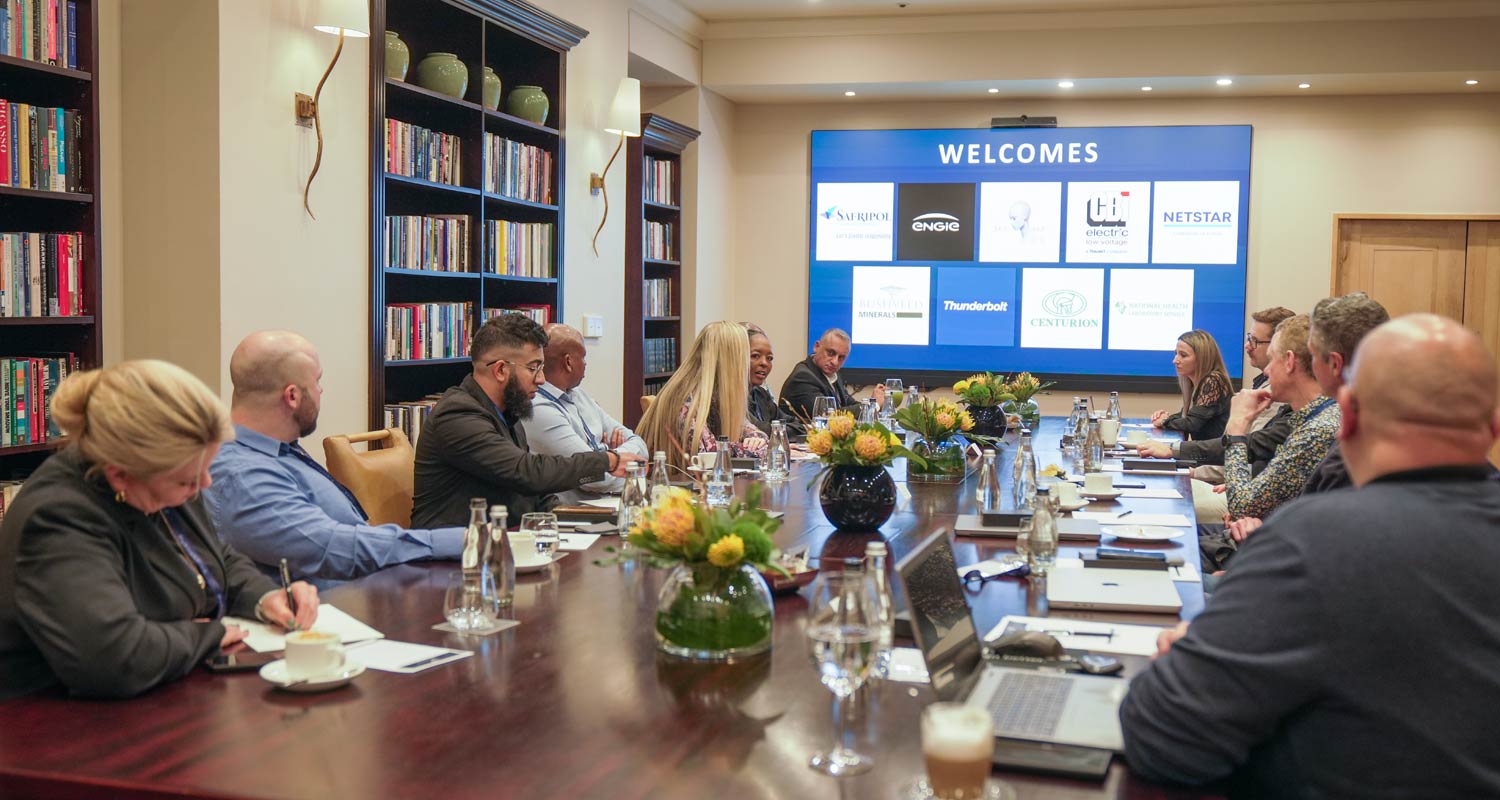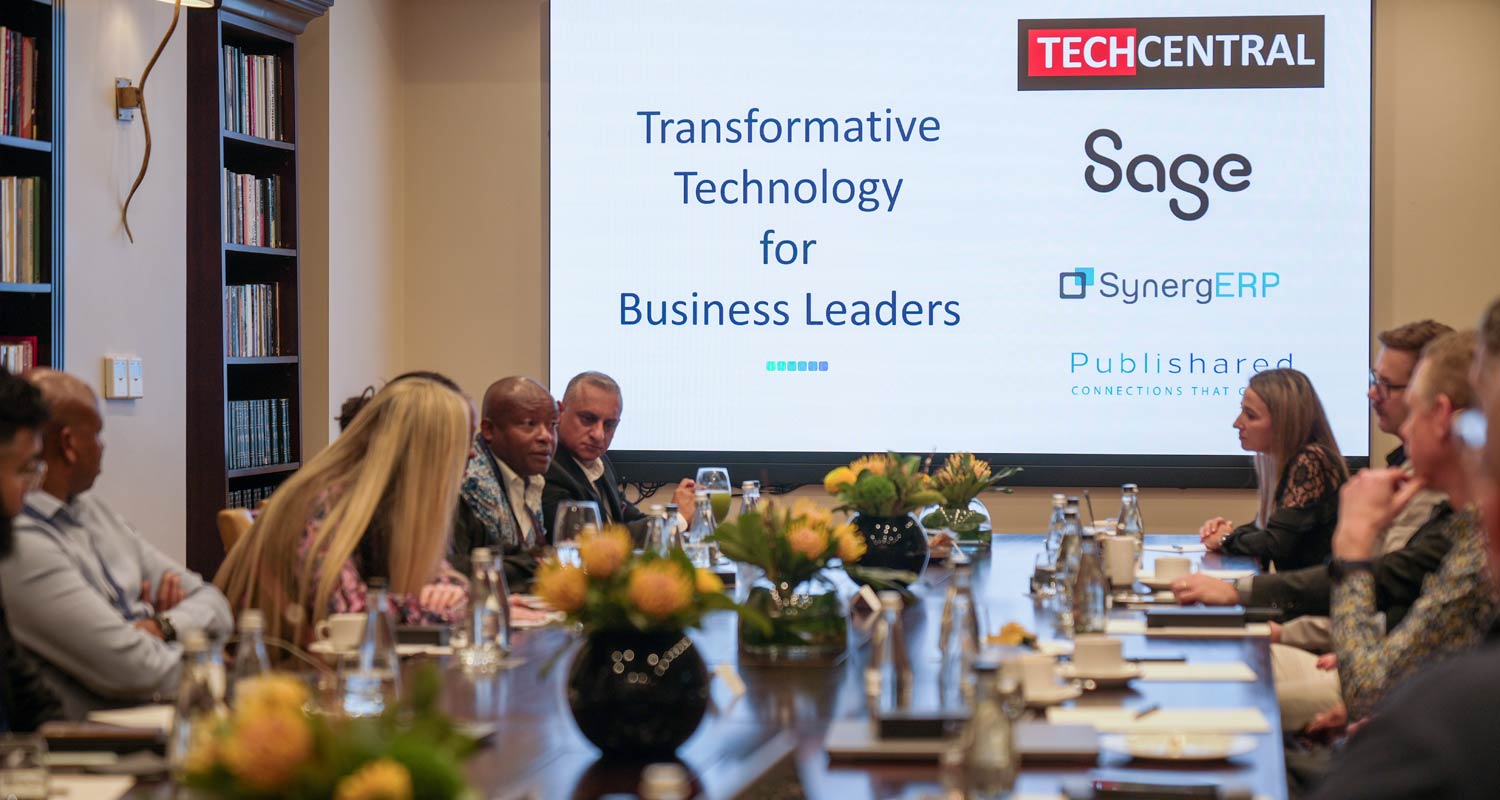 Manufacturing and distribution leaders face a growing list of challenges. From managing global operations and siloed data to navigating complex technology transformations and adapting to shifting market dynamics, the need for agile and efficient solutions has never been more pressing.
Manufacturing and distribution leaders face a growing list of challenges. From managing global operations and siloed data to navigating complex technology transformations and adapting to shifting market dynamics, the need for agile and efficient solutions has never been more pressing.
A recent round-table discussion, hosted by TechCentral and sponsored by SynergERP and Sage, brought these issues into sharp focus, examining how companies are evolving in their use of technology, what triggers them to reconsider their system landscapes and how they approach selecting and integrating ERP solutions.
Participants in the round table highlighted that one of the most significant operational challenges facing businesses today is the inability to bring siloed data together for timely decision making. Many organisations operate across multiple geographies and face difficulties in obtaining accurate, real-time data that can be trusted for decision making. This fragmentation often stems from legacy systems and processes, where change management becomes a daunting task.
Another critical observation was that large-scale technology transformation projects, particularly those involving ERP systems, are frequently hindered by legacy processes that people are reluctant to abandon. Resistance to change, often framed as a people problem, is a result of deep-seated cultural issues rather than technology itself. Businesses are beginning to recognise the need to unpack employees’ insights and knowledge, as these individuals are crucial in driving successful transformations.
The importance of data architecture emerged as a key theme at the round-table event. While businesses may understand their enterprise architecture, there is often a lack of clarity around where data resides, how it’s used and, more importantly, how it can be harnessed for future use. The absence of a clear data strategy makes data migration and system upgrades costly and inefficient. Additionally, businesses treat all data equally, failing to differentiate between data that requires real-time access and data that can be delayed, further compounding operational inefficiencies.
Misalignment
A common issue raised by leaders is the misalignment between IT and business strategy. Often, IT departments are held accountable for the end-to-end transformation process, but without clear roles and responsibilities, businesses risk IT departments making decisions based on technical rather than strategic imperatives, leading to suboptimal outcomes. A close partnership between business and IT, along with a well-defined operating model, is vital for successful technology transformations, ensuring all stakeholders are aligned on outcomes and responsibilities.
Furthermore, participants stressed the importance of comprehensive change management processes that extend beyond superficial communication. Change management should be embedded throughout the project lifecycle, starting at the requirements-gathering stage. Businesses need to understand the skill gaps within their teams and identify what capabilities are needed for successful transformation.
Comprehensive change management should include a tailored communication strategy that resonates with different stakeholders. Moreover, human capital is an essential partner in managing these transformations, with personal development plans playing a key role in upskilling employees to meet future needs.
Finally, the round table highlighted the need for greater integration of various project management frameworks, including organisational change management, DevOps and traditional project management. Agile methodologies, despite their proven success, are often overlooked in large-scale projects like ERP implementations. Embracing agile principles can lead to improved collaboration, faster delivery and greater responsiveness to evolving business needs.
 Organisations consider re-evaluating their systems landscape due to a variety of triggers, often linked to growth and expansion. These include direct growth, expansion into new markets, changes in ownership, the need for process standardisation and a shift towards a customer-centric focus. Regulatory changes, new technology advancements, and the pursuit of data integrity and faster response times also play a significant role.
Organisations consider re-evaluating their systems landscape due to a variety of triggers, often linked to growth and expansion. These include direct growth, expansion into new markets, changes in ownership, the need for process standardisation and a shift towards a customer-centric focus. Regulatory changes, new technology advancements, and the pursuit of data integrity and faster response times also play a significant role.
The desire to remove control from local operations and centralise decision making is another common driver for system re-evaluation. When existing systems hinder growth, impede responsiveness or compromise data integrity, it becomes evident that the business has outgrown its technology infrastructure.
Right partner
When selecting a new ERP, participants said that businesses seek software providers with localised experience, particularly in regions such as Africa where knowledge of the regulatory environment and market dynamics is crucial. Beyond technical capabilities, implementation partners must demonstrate an understanding of people, processes and the change management required for successful ERP deployment. As one executive noted: “It’s not just about the tools; it’s about how well partners can help navigate the human and process side of transformation.”
Leaders emphasised the importance of proper training and a smooth handover to the business, as part of a successful ERP implementation. Long-term partnerships are highly valued, with industry-specific expertise being a key consideration when selecting a vendor. Partners must not only deliver on technical requirements but also guide businesses through the potential points of failure and bring lessons from previous implementations.
Integrated vs best of breed
A recurring theme in the discussion was the debate between adopting a fully integrated ERP solution from a single provider versus a best-of-breed approach, where solutions from different providers are integrated to meet specific needs. While many leaders expressed a preference for a single provider to ensure a single point of accountability, reality often dictates a best-of-breed approach due to the specific requirements of different business areas.
For example, a fully integrated ERP solution may not offer the specialised capabilities required for billing or other niche functions. However, the challenge lies in ensuring seamless integration between different systems and vendors, particularly when these systems must work together without the client having to manage the intricacies of vendor collaboration. Ultimately, businesses require an anchor technology decision, around which other systems can be integrated as needed.
Pitfalls of legacy processes
Leaders at the round table highlighted the importance of involving users from the outset of any process re-engineering initiative. This collaborative approach ensures that solutions are co-created, meeting the practical needs of those using the system daily. One of the major pitfalls organisations face is rebuilding old processes on new technology, which defeats the purpose of adopting transformative solutions.
The discussions at the round table revealed that successful technology adoption goes beyond the tools themselves – it requires a comprehensive approach that includes people, processes and change management. Leaders must remain agile, continuously re-evaluating their system landscapes to ensure they are equipped to meet evolving business needs. By aligning their technology strategies with their business objectives and ensuring a seamless integration of tools and processes, businesses can unlock new efficiencies and drive future growth.
TechCentral, SynergERP and Sage thank all of those who participated in the round-table discussion.
- Read more articles by SynergERP on TechCentral
- This promoted content was paid for by the party concerned



 2 days ago
54
2 days ago
54















